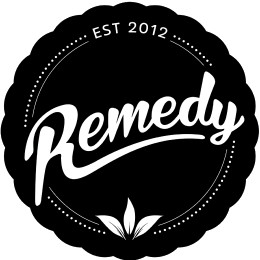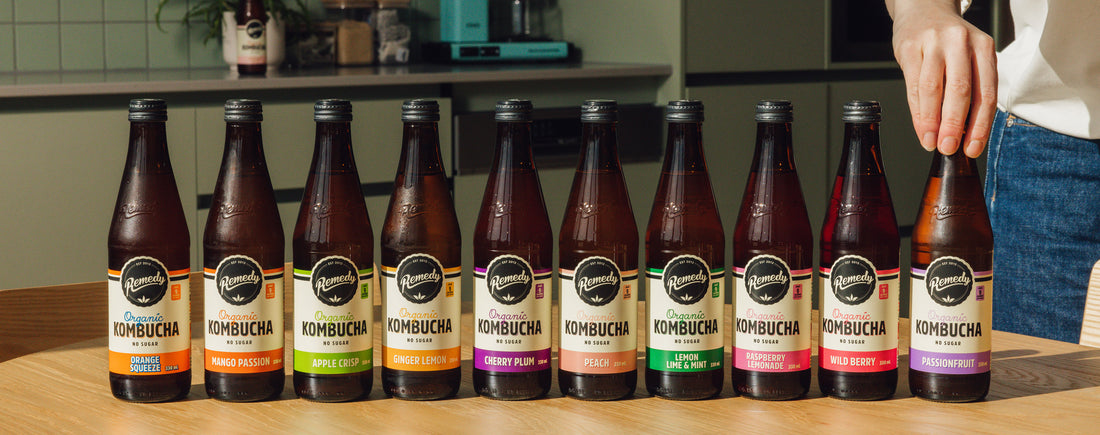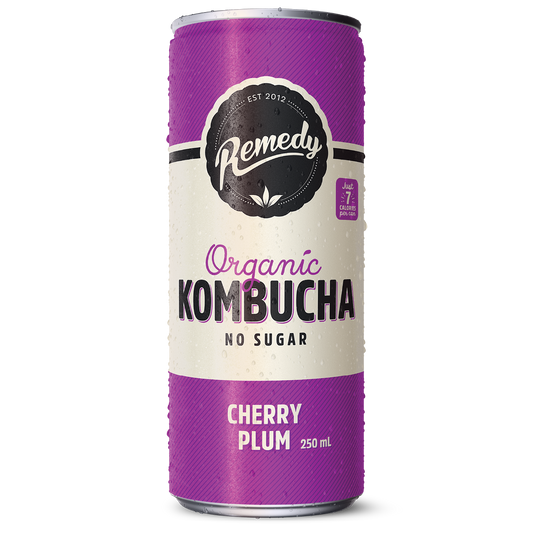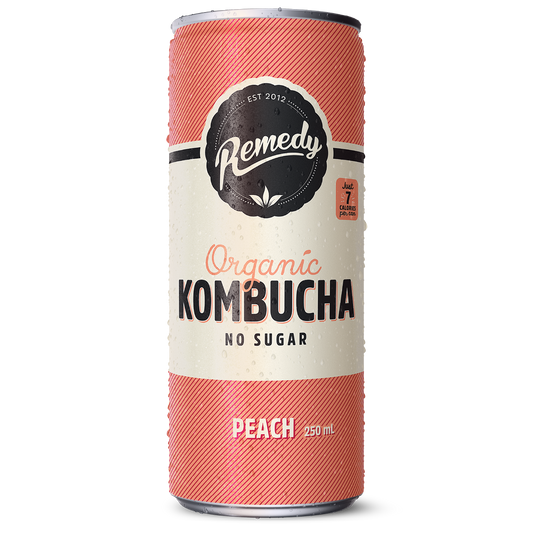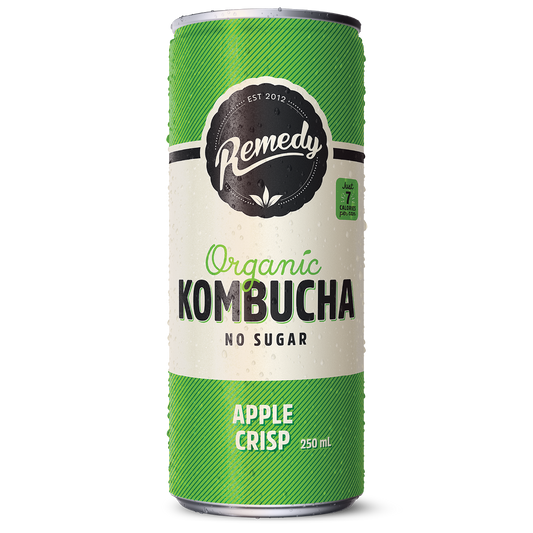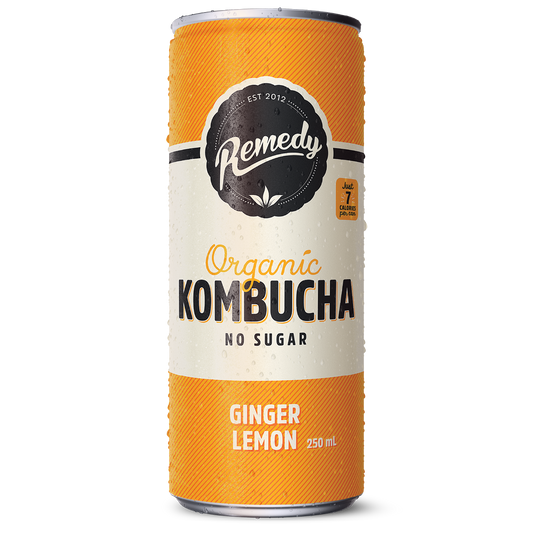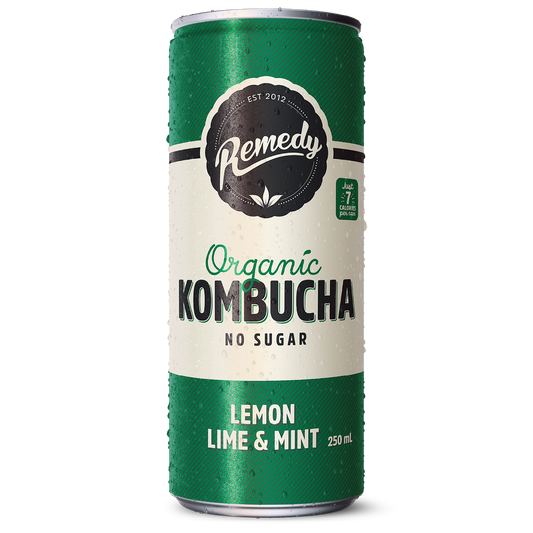Forget the fads. While some may have only just taken notice of our brewtifully tasty bev, kombucha has been around for a darn long time. We're not just talking pre-social media time when there was no way to snap a pic and show off your booch and acai bowl combo. We're talking BC time, peoples. For REAL old school.
So where did it all start? What's the kombucha origin story? Where does kombucha come from? Well, here's the thing with these pre-Google times: no one really knows. But there is a kombucha history that makes the most sense, so that’s what we’ll spill the tea on today.
Kombucha origin
Most people believe kombucha originated in China during the Qin Dynasty around 220BC for the Emperor Qinshi Huangdi. This is where the “cha” comes from, given it’s the Chinese word for tea. In ancient China, kombucha was called “The Tea of Immortality”. Bold name, huh?
Believe it or not, the "Kombu" part of the name has nothing to do with kombis and hippies in the 60s who loved kombucha. Instead, the story that makes way more sense is that a Dr. Kombu from Korea introduced the drink to the Japanese Emperor Inyoko in 414 AD.
“Kombu” after the doctor who brought it to Japan. “Cha” after the Chinese word for tea. Mix ‘em together and you get the name we know and love today: kombucha.
What you might not know is that kombucha has been known by a seemingly endless amount of names throughout history including: Olinka, Tschambucco, Kwassan, Champagne of Life, Kambotscha, Koucha kinoko, Manchurian Mushroom, Mo-Gu, Mother of Vinegar, Mushroom of Charity, Russian Jelly-fish, The Divine Tsche and Mushroom Tea.
But these days, it's pretty widely known as kombucha.
Kombucha sippers throughout history
There are a bucketload of mentions of kombucha throughout history, but there are a few interesting groups of people rumoured to be fans of the stuff.
When we look back to Japan, legend has it that Samurai warriors used to carry it as an energy boost for battle.
Thinking back to the Mongolian Empire times, it’s even suggested that the mighty Genghis Khan and his armies were big fans.
It's hard (read: impossible) to prove, but we like to imagine a world where ancient warriors smashed down a booch before riding into battle!
How kombucha entered the modern world
Anyone who had an interest in high school history classes would know about the Silk Road. In case you weren’t one of them (join the club), the Silk Road was an ancient trade route linking China and the West. It's storied to have carried goods and ideas between the two. One of which was our beloved kombucha.
Thanks to this trade route, kombucha soon made its way to Europe. Russia, in particular, jumped on board the booch train. However, during World War II, tea and sugar (AKA the two important ingredients for kombucha) were rationed in Russia. As a result, the practice was lost in many homes, but enough preserved the tradition for it to flourish again in post-war Europe. Phew!
Kombucha soon made its way around the world, growing in popularity in the USA and in more recent years, Australia.
Now, thanks to a kitchen counter brew from Remedy founders Sarah and Emmet, we’re a huge part of the kombucha biz not just in our home country of Aus, but all around the world.
Read up on the history of Remedy, or check out our latest brews.
Big props to our mates at Kombucha Kamp, an amazing resource and authority on all things kombucha, for much of the wisdom shared here.
